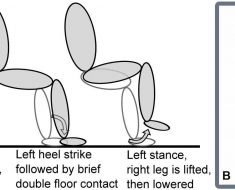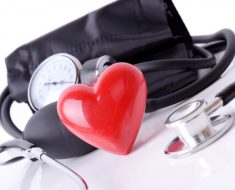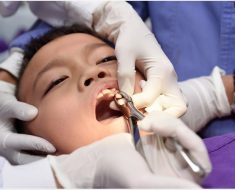Rosacea is a chronic skin condition that ranges in its severity and can be divided into the following main subtypes:
-
Stage 1 or the erythematotelangiectatic type
During this phase, patients usually experience prolonged flushing which may occur in response to sun exposure, heat or embarrassment. However, unlike normal flushing, the experience can last for over ten minutes. A more intense redness is usually seen in the centre of the face but may also affect the ears, neck, or upper part of the chest. Affected areas may also burn or sting and patients may be sensitive to irritants and chemicals in cosmetics.
-
Stage 2 or papulopustular rosacea
Also called classic rosacea or pink papular rosacea, this subtype describes the occurrence of a persistent redness, along with the presence of papules and pustules across affected areas. Some patients may develop prominent blood vessels, called telengiectasis, although these may be masked by the redness of the skin. In addition, there may be an altered composition of sebum secreted by the skin glands and this may interfere with the maintenance of the skin barrier's integrity.
-
Stage 3 or phymatous rosacea
Patients with this subtype typically experience extensive thickening and pitting of the skin, as well as the formation of nodules and granulomas across affected areas. The nose may form bulbous and deformed masses called rhinophymas. Rhinophymas may be glandular, fibrous, fibroangiomatous or actinic, as determined by their appearance under the microscope. Phymas may also appear across the chin (gnathophyma), forehead (metophyma), ears (otophyma), or eyelids (blepharophyma).
-
Ocular Rosacea
Rosacea may also affect the eyes, leading to conjunctivitis, watering and redness of the eyes, photosensitivity (painful reaction to light) and swelling of the eye lids. If leftuntreated, ocular rosacea may damage the sclera, the iris, or the cornea and lead to blindness.
Sources
- http://www.nhs.uk/Conditions/Rosacea/Pages/Introduction.aspx
- http://www.cumc.columbia.edu/student/health/pdf/R-S/Rosacea.pdf
- http://www.nejm.org/doi/pdf/10.1056/NEJMcp042829
- www.isclinical.com/…/2009-03-23_17-44-06_Rosacea.pdf
Further Reading
- All Rosacea Content
- Rosacea – Facial Redness
- Rosacea Symptoms
- Rosacea Epidemiology
- Rosacea Causes
Last Updated: Feb 27, 2019

Written by
Dr. Ananya Mandal
Dr. Ananya Mandal is a doctor by profession, lecturer by vocation and a medical writer by passion. She specialized in Clinical Pharmacology after her bachelor's (MBBS). For her, health communication is not just writing complicated reviews for professionals but making medical knowledge understandable and available to the general public as well.
Source: Read Full Article





